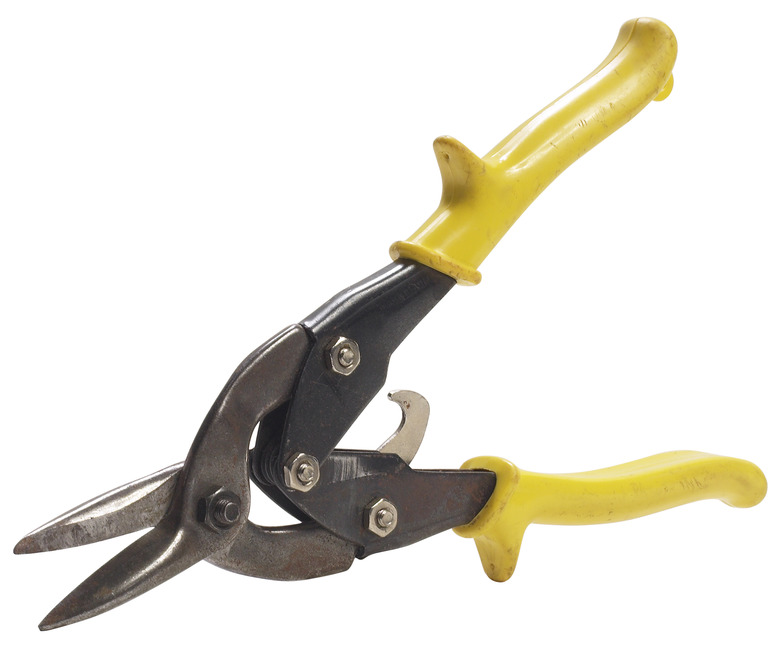What Are The Standard Sizes For A Metal Stud?
If you're thinking of making the switch from wood to metal studs on your next framing job, you'll find that manufacturers have done their best to make the transition a relatively straightforward and logical one. The metal equivalents roughly match the size of the dimensional lumber — and are lighter, straighter and more uniform.
For Wall Framing
For Wall Framing
Made from cold-formed steel, metal studs form a squared-C shape, with two short flanges flanking a long face called a web. The flange of metal studs measures 1 5/8 inches, slightly larger than the narrow face of a nominal piece of 2-inch dimensional lumber, which in modern times really measures 1 1/2 inches. A stud with a web size, or long face, of 3 1/2 inches is termed a 350S and takes the place of a two-by-four. A 600S metal stud measures 6 inches on its web, or long face. Thus a metal stud taking the place of a two-by-four measures 1 5/8 by 4 inches, and a two-by-six, 1 5/8 by 6 inches — slightly fatter but the same depth as their wood equivalents.
Larger Studs
Larger Studs
Because they maintain the C shape of the 350S and 600S, the metal equivalents of two-by-eights and two-by-tens are also called studs, although their wood equivalents would likely be termed joists or rafters. The 800S and 1000S, respectively, replace the two-by-eight and the two-by-ten, and maintain the flange size of 1 5/8 inches. These larger metal studs can, in fact, be used as structural elements, such as joists and rafters.
